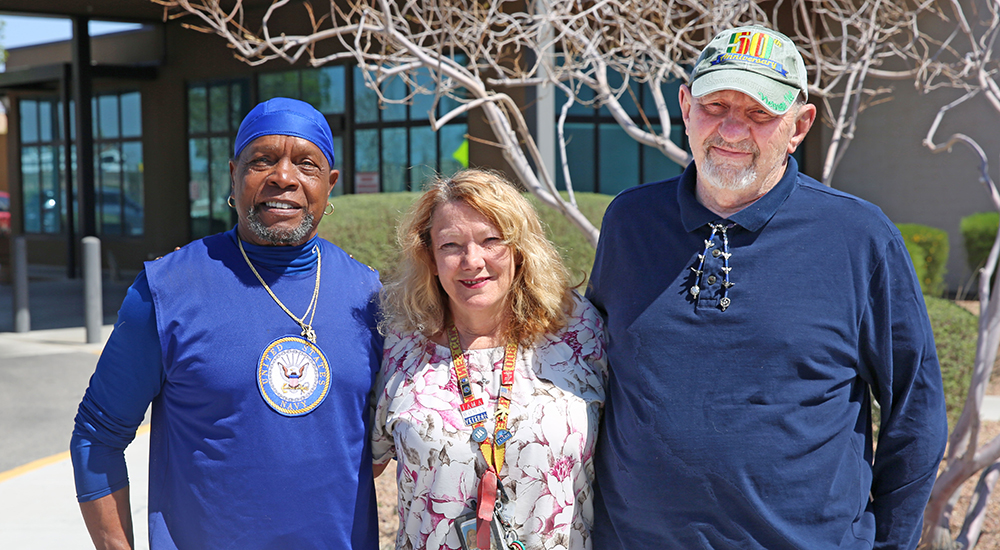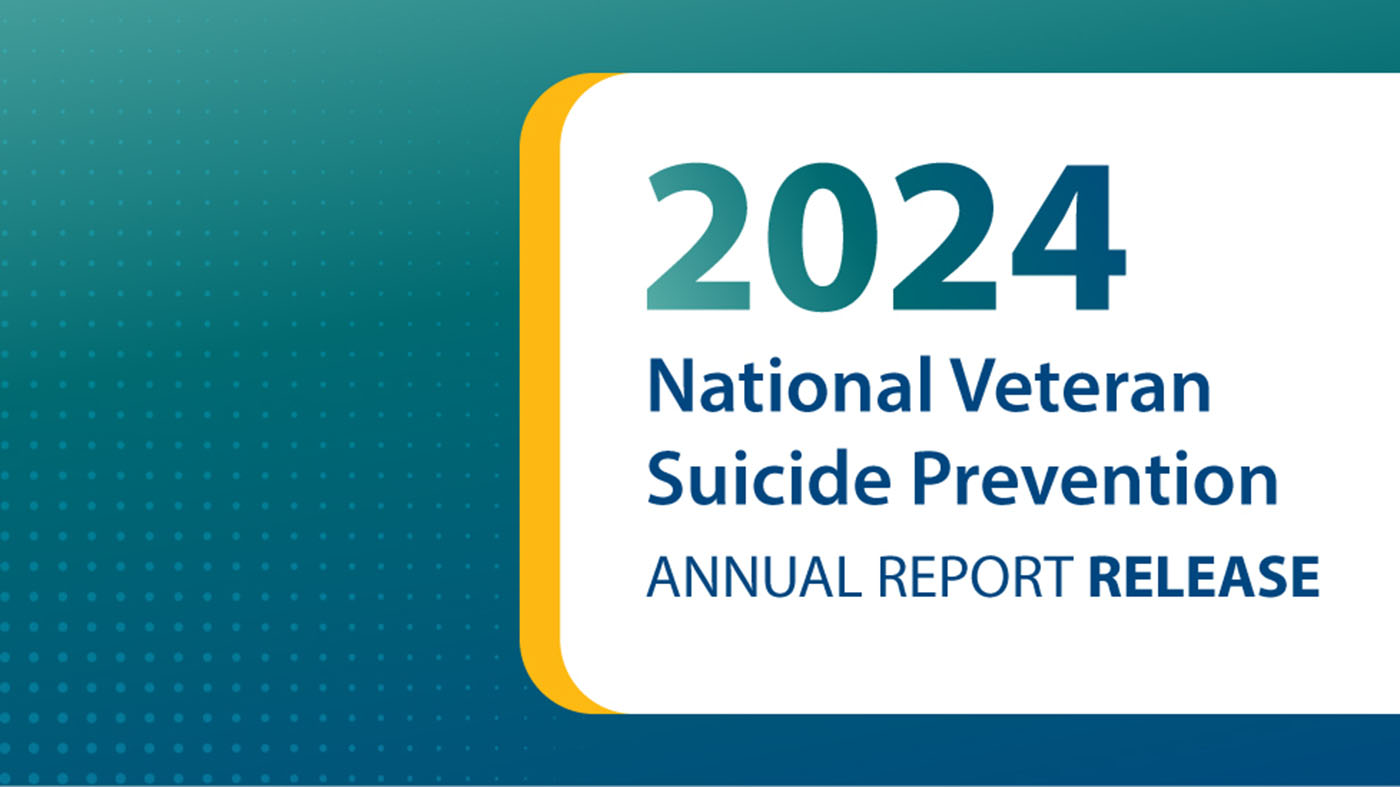When Oliver LaRay (above, left) first arrived in Saigon in 1967, he was only 17 years old. A firefighter in the Navy, he joined the reserves in high school and graduated early so he could serve on active duty. But it wasn’t until he arrived in Vietnam that he realized what war was really like. “I cried every day for the first month I was there,” he said.
The tears wouldn’t last long as LaRay quickly found himself in combat daily while manning a twin .50 caliber machine gun aboard a patrol boat on search and destroy missions in the inland waterways of Vietnam and Cambodia. “We had more interactions with the enemy than anyone I knew,” he said.
Mike Nole (above, right) remembers the red alert in Quy Nhon that announced the Tet attack on his base. “It was scary like the whole world was coming to an end,” Nole said. The 20-year-old soldier was nearing the end of his first year in Vietnam, but he, along with the other soldiers in his company, were not prepared for the attack.
“She cares because she’s been there.”
Unlike LaRay, Mike Nole was drafted into the Army in 1966. Trained as a generator operator, he found himself doing various odd-jobs after deploying to Quy Nhon. For a few months, he worked night shifts refueling generators. Later, he drove a daily truck route between bases. Most of Nole’s memories of the Tet Offensive attack have been buried. He says he tried to shut most of those experiences away.
Struggled to identify with society returning home
While the LaRay and Nole never met while serving, their shared experiences and struggles, both in country and upon return, are common to many Veterans who served in Vietnam.
Both Veterans struggled to identify with American society in 1968. Some friends had simply forgotten that they had even left for Vietnam in the first place.
“In movies, John Wayne depicted the Vietnam battles as glorious, and that the soldiers would return as heroes,” LaRay said. “It wasn’t anything like that. There was no discipline. There were no heroic returns.”
And as was the case for many Veterans, both men also faced challenges at home and suffered silently through their PTSD for years. Nole self-medicated with alcohol and tried to forget what he had experienced. LaRay found that the only way he could get a full night’s sleep was with sleeping pills.
Like many Veterans, LaRay and Nole didn’t want to acknowledge their PTSD, and they didn’t want to talk about it with a civilian.
Hearing other stories, they know they are not alone
It wasn’t until they heard about the Pathways to Recovery program through the VA that they decided to share their experiences. “These Veterans come to our groups, and hearing other stories, they know that they are not alone,” said Geri Hunt, (above, center), a peer support specialist at the VA Southern Nevada Healthcare System’s Northwest Clinic.
“I think that’s the main reason so many Veterans have found success with this program. They now know they aren’t the only ones having similar thoughts and feelings.”
The Veterans in Pathways to Recovery represent all branches of service, from Vietnam through the wars in Iraq and Afghanistan. They meet weekly to offer support and share their stories with one another. “This group is designed to help Veterans with mental health issues in their recovery, and to improve their quality of life,” said Hunt.
“This is a strengths-based group. It focuses on how Veterans can use their many strengths and resources to set goals and achieve recovery in many areas of their lives. The group does not focus on specific diagnoses, symptoms or treatment.”
For Nole, LaRay and the many other Veterans who participate in Pathways to Recovery, it has become more than just a weekly meeting. “We socialize outside of the clinic,” said Nole. “A bunch of us go bowling together, and they have always supported me.”
And their appreciation extends to the VA peer support team, many of whom, like Hunt, are Veterans themselves.
“She’s my hero,” LaRay said of Geri Hunt. “She cares because she’s been there.”

Topics in this story
More Stories
The Medical Foster Home program offers Veterans an alternative to nursing homes.
Watch the Under Secretary for Health and a panel of experts discuss VA Health Connect tele-emergency care.
The 2024 National Veteran Suicide Prevention Annual Report provides the foundation for VA’s suicide prevention programs and initiatives.







I ….. see .. stuff.
The Veterans in Pathways to Recovery sounds like a great organization that is helping many veterans. Awesome!
This was an excellent article. Made me curious to ask about the Pathway to Recovery program myself. Thanks for sharing this story. I hope it encourages others to seek help as well, especially with a community they can connect to. Living like this can feel very isolating. Sometimes constantly talking about the problem and the past isn’t helpful either. Gentle, kind, understanding empowerment amongst others who genuinely get it can be so powerful. I hope to find a community like that of my own and hopefully a few of them I can call friends.
I was told that I am posting comments too quickly? Could that be part of my condition caused by injuring while on acvtive duty?
If you are a veteran and go to a va hospital for injuries that occurred while on active duty. Do they charge you for medical help? Not poor but very,very,very very cheap?
what are the symtoms from injury that occurred in combat?
so interesting thank you hurrey